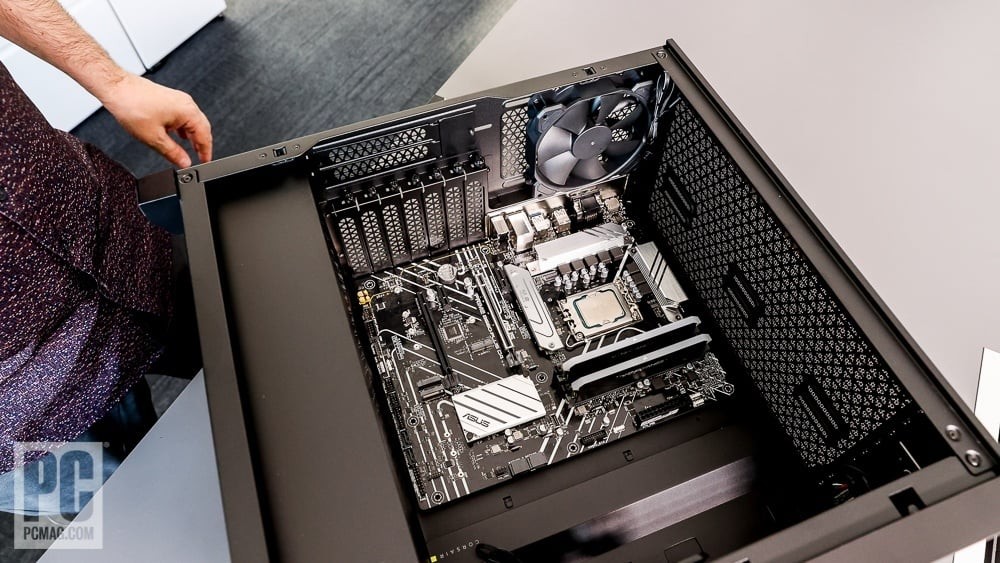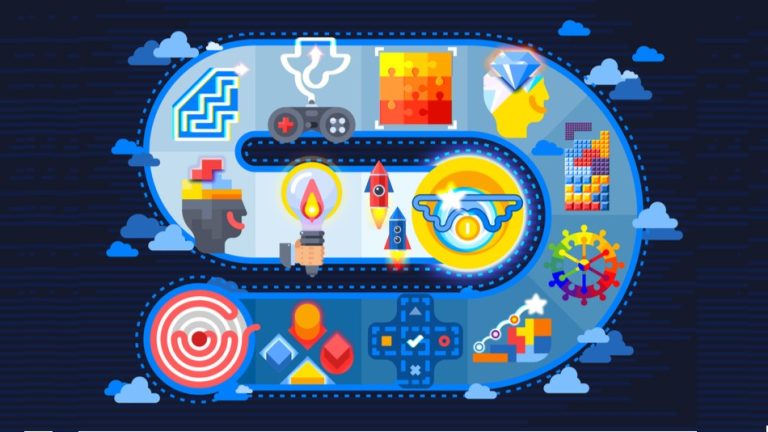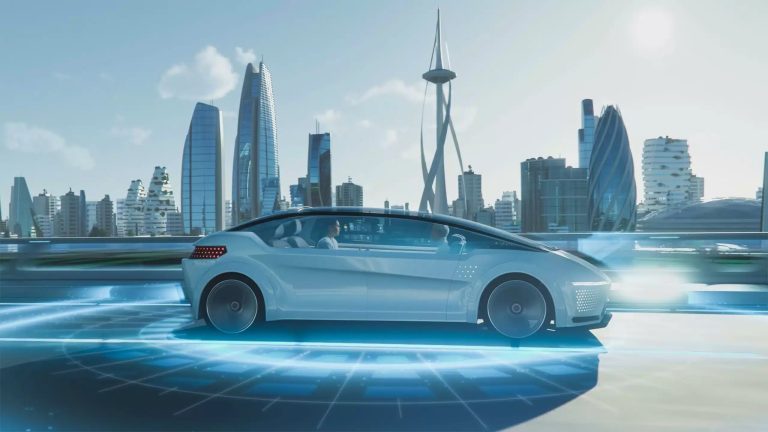How to Get Started with Building Your Own Computer
In an era dominated by sleek, pre-built machines and readily available consumer electronics, the notion of constructing one’s own computer might seem like a relic of a bygone era, reserved only for the most dedicated tech enthusiasts. However, delving into the world of custom PC building is far from an arcane pursuit; it’s an incredibly rewarding endeavor that offers unparalleled control, performance, and a deep understanding of the technology that powers our digital lives. Far from being an intimidating task, getting started with building your own computer is an accessible and empowering journey that opens up a world of possibilities, from optimizing for gaming and content creation to simply crafting a machine perfectly tailored to your individual needs and budget.
The initial step in this exciting venture is not to immediately dive into component selection, but rather to thoughtfully define your purpose and set a realistic budget. This foundational planning phase is crucial, as it dictates every subsequent decision you make. Are you aiming for a high-performance gaming rig capable of running the latest titles at ultra settings? Perhaps you’re a video editor or graphic designer requiring robust processing power and ample storage. Or maybe you simply need a reliable, efficient machine for everyday productivity tasks and web Browse. Each of these use cases has different requirements for components, directly impacting the overall cost. Setting a firm budget, even if it’s a rough estimate, helps to narrow down your choices and prevent overspending. It’s often helpful to allocate funds not just for the internal components, but also for essential peripherals like a monitor, keyboard, mouse, and a legitimate operating system license.
Once your purpose and budget are clear, the next stage involves understanding the core components that make up a modern computer. Think of these as the fundamental building blocks, each playing a crucial role in the machine’s overall performance. At the heart of any computer lies the Central Processing Unit (CPU), often referred to as the “brain.” This is where most of the computations occur, and your choice here will significantly influence the computer’s speed and multitasking capabilities. Major players like Intel and AMD offer a range of CPUs, each with varying core counts and clock speeds, catering to different performance needs and price points. Complementing the CPU is the Motherboard, which acts as the nervous system, connecting all the components and allowing them to communicate. Compatibility is key here; a motherboard must support your chosen CPU’s socket type and generation.
For those venturing into gaming or demanding visual tasks, the Graphics Processing Unit (GPU), or graphics card, is arguably the most critical component. This dedicated processor handles rendering images, videos, and animations, delivering the visual fidelity that makes games look stunning and design software run smoothly. NVIDIA and AMD are the dominant manufacturers in this space, offering a wide array of cards from entry-level to high-end, each designed for specific performance tiers. Alongside these powerhouses, Random Access Memory (RAM) serves as the computer’s short-term memory, enabling quick access to frequently used data and applications. More RAM generally means better multitasking and smoother performance, especially for resource-intensive tasks.
Storage is another vital consideration, and here you typically have two main options: Hard Disk Drives (HDDs) for large-capacity, cost-effective storage, and Solid State Drives (SSDs) for blazing-fast performance. Most modern builds benefit immensely from a combination of both – a smaller, fast SSD for the operating system and frequently used applications, paired with a larger HDD for mass storage of files, games, and media. Finally, all these components need power, which is supplied by the Power Supply Unit (PSU). Choosing a PSU with sufficient wattage and good efficiency is crucial for system stability and longevity. The entire ensemble is then housed within a Computer Case, which not only provides physical protection but also offers airflow and aesthetic appeal.
With a foundational understanding of these components, the exciting phase of researching and selecting individual parts begins. This is where online reviews, tech forums, and comparison websites become invaluable resources. Pay close attention to compatibility between components, especially the CPU and motherboard, as well as the power requirements of your chosen GPU. Many online retailers offer “PC builder” tools that can help verify compatibility as you select parts, providing an extra layer of assurance. Don’t be afraid to read user experiences and watch build guides on platforms like YouTube; seeing someone else go through the process can demystify aspects that might seem daunting.
The actual assembly process, while requiring careful attention to detail, is often compared to building with advanced LEGOs. Modern components are designed to be relatively user-friendly, with clear labels and intuitive connectors. Start with mounting the CPU and RAM onto the motherboard, then carefully install the motherboard into the case. Next comes the GPU, followed by the storage drives and the power supply. Cable management, while often overlooked, is crucial for good airflow and a tidy internal aesthetic. Throughout the process, patience is key. Take your time, consult your component manuals, and refer to online guides if you encounter any uncertainties. The moment you press the power button for the first time and see your self-built machine spring to life is incredibly gratifying, a testament to your effort and newfound understanding.
Building your own computer is more than just assembling parts; it’s a journey into understanding the intricate dance between hardware and software, a practical lesson in problem-solving, and ultimately, an empowering experience that demystifies the very devices we rely on daily. It offers the freedom to upgrade specific components as your needs evolve, saving money in the long run and ensuring your machine remains relevant for years to come. For anyone with a curiosity about technology and a desire for tailored performance, embarking on this build journey is a profoundly rewarding step into the heart of the digital world.







